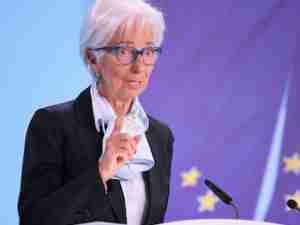Australia mining shares tumble as iron ore price at two-month low
By: Reuters | Jul 03 2015 at 10:35 AM | International Trade
SYDNEY - Shares in Australia’s biggest iron ore miners tumbled on Friday, after the price of the steel making raw material hit the lowest in more than two months amid further evidence of growing shipments to China.
Iron ore for immediate delivery to China stood at $55.80 a tonne, its weakest since late April, Reuters data showed.
“This is the downside of the $50-$60 range where iron ore belongs in this stage of the cycle,” said Morgans Financial analyst James Wilson.
“It could continue to creep lower if companies start showing strong quarterly production figures this month, as expected,” he said.
Iron ore exports to China from Australia’s Port Hedland rose 3 percent to 32.61 million tonnes in June from a month earlier.
The June increase at the world’s biggest iron ore terminal helped sweep total iron ore exports for the fiscal year ended June 30 to 439.6 million tonnes, up 21 percent and also a record, according to the Pilbara Ports Authority.
Of that total, 373.24 million tonnes were destined for China.
Shares in top Australian producer Rio Tinto were down 1 percent at 0236 GMT, while no.2 producer BHP Billiton lost 2 percent. Fortescue Metals Group, a distant third, was 5 percent lower.
Analysts do not expect Australian miners, or the world’s top supplier, Vale of Brazil, to slow their shipments to China given low costs, spelling trouble for smaller producers struggling to stay afloat.
China’s state planner said on Friday it will allow 400,000-deadweight tonne ships to dock at its ports, officially lifting a more than three-year ban that had effectively shut out Vale’s giant vessels.
Meanwhile, China’s steel production is also forecast to contract in 2015 and 2016 as the seaborne supply of iron ore increases.
These factors are tipped by Australia’s Department of Industry and Science to drive the price of iron ore down to an average $54 a tonne this year and $52 in 2016.
Small supply adjustments, such as ones underway by BHP and Atlas Iron are also unlikely to have much impact in returning prices anywhere close to the $200 fetched four years ago.
“The industry’s cycles have caught some unprepared and others looking for answers,” Rio Tinto Chief Executive Sam Walsh told a London business group this week.
A slowing Chinese economy has hit industrial demand with steel consumption continuing to shrink in the first half after contracting in 2014 for the first time in more than three decades.
